FEB SKWALA (Furled Extended Body Skwala )
This is the fifth in a series of furled extended body flies that have served me quite well over the past several years on the freestone streams and rivers of Idaho and Montana. The series started with a salmon fly, went on to a golden stone, a hopper, and an October Caddis. The first three use a foam forward body and bullethead, the last two use deer hair bodies and bulletheads.
The furled extended body works well in applying my priorities in fly tying / selection to these large flies which are available to trout on many of our Western streams and rivers starting in late winter or early spring and ending in late fall. Those priorities are size, silhouette, action and color. The furled extended body contributes positively in the "action" aspect (along with the rubber legs) by allowing movement of the body. More recently, it seems increasingly clear that texture is also an important priority – and the FEB contributes positively in that area also.

Materials:
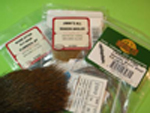
- Hook TMC 2312 size 14
- Thread Uni 6/0 brown
- FEB one strand of olive brown and one stone strand of brown antron yarn
- Legs Montana Fly Company speckled brown Centipede Legs, size small
- Wing and bullethead dyed brown deer hair
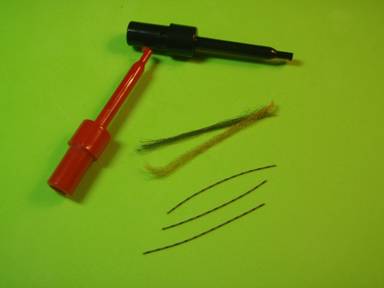
Cut an appropriate number of antron strands and legs prior to starting. The antron strands should be about 2" each. One strand of the MFC centipede legs cut into four equal pieces does nicely for each fly.
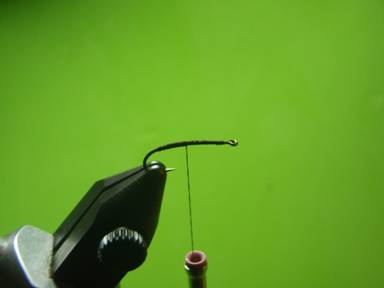
Start the tying thread a bit behind the eye, leaving enough bare shank to "spin" the deer hair for the bullethead. Lay a thread base to the end of the shank and then wrap forward to about the two / thirds point.
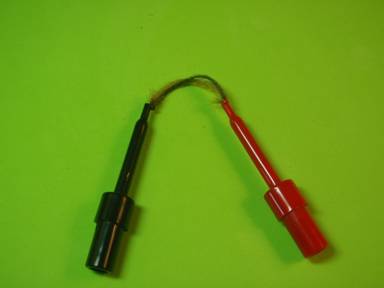
Electrician's clips are great furling aids. Use one strand of olive brown and one strand of stone brown antron and put the ends of the combined strands of antron into electrician's clips.
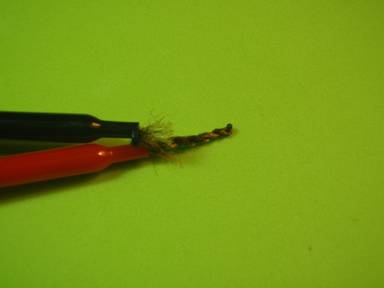
Twist the clips in opposite directions five, six, seven times to create a tightly twisted bunch of antron that wants to curl back on itself. Holding both clips in one hand, grasp the center of the twisted bunch and pull on it, twisting in the direction it wants to twist as you relax tension on the clips, to create the Furled Extended Body.
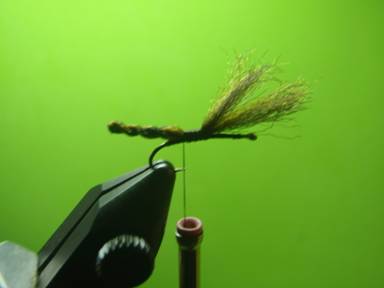
Remove the FEB from the clips and twist it again the direction it wants to go. Tie in the FEB so that it extends well past the bend of the hook. Trim the waste end of the FEB material at about the one third point.
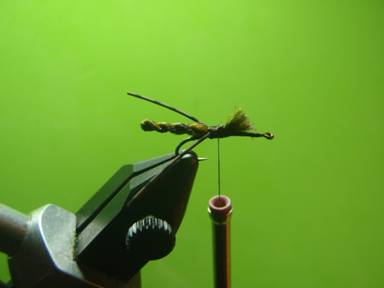
In tying down the FEB, create a rather long thread base for the rear legs. With the tying thread at the front of that thread base, loop the legs around the thread, even them up, and take a couple more turns to secure them. Then pull the legs back and down on each side of the hook and wrap back over them. With a little practice, you will be able to vary the angles, both out and down, at which the legs come away from the body of the fly.
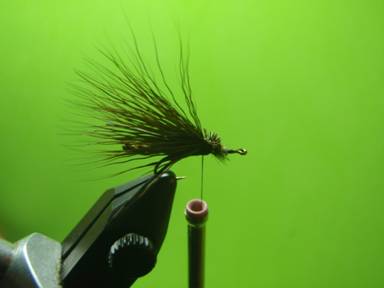
Wrap the thread forward, tying down the remaining FEB material. Cut, clean, comb, stack and trim a medium size bundle of deer hair. The wing should be long enough to extend noticeably beyond the FEB, and to have an eighth inch or so forward of the initial tie in point. I like to loop the tying thread around the butt ends of the bundle of deer hair, using that extra eighth inch, before tying the deer hair to the hook.
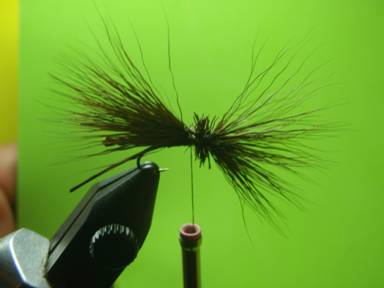
Wrap the tying thread forward to the front of the bare spot on the shank behind the eye. Cut, clean, comb, stack and trim a smaller bundle of deer hair. It should be long enough so the butts can be placed at the tie in point for the wing with the tip ends extending far enough forward of the eye that they can be folded back well behind the wing tie in point.
Holding the deer hair in place as described above, take a couple soft wraps around the bundle and then a firm wrap to spin it on the hook. Wrap back through the butts to secure the material in place. The tips will flare out from the shank, hopefully with an even distribution around the shank. Trim the butt ends as needed.
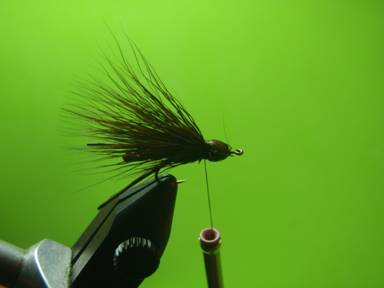
Wrap the tying thread back to just forward of the tie in point for the wing. Fold the deer hair back from the eye to form the bullethead.
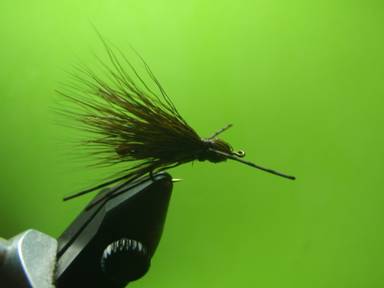
Take enough wraps over the bullethead to keep it secure and to create a base for tying in the front legs. I like to lay two sets of legs over the thread base, take a couple soft wraps, move one set of legs to each side of the fly, and then take a good number of tight wraps to secure. When the legs are secure, finish with a couple five or six turn whip finishes. Trim the bullethead deer hair on the underside of the fly behind the tie in point and the legs, if necessary. Apply head cement if so inclined.
For more great info, check out:
Beginning Fly Tying | Intermediate Fly Tying | Advanced Fly Tying.
